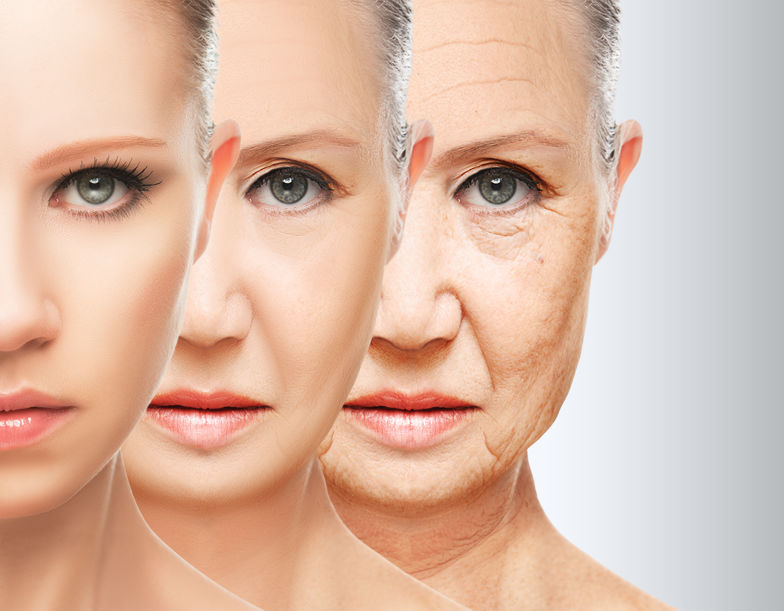
Climate & Skin Aging: What is the Link

Skin aging is driven by a large extent by environmental factors such as air pollution. However, it is unknown if and how climate parameters contribute to skin aging and/or if the association is modified by air pollution.
To address the above research gap, in their abstract presented at an ISEE annual meeting, Nidhi Singh et al. from the IUF-Leibniz Research Institute For Environmental Medicine and Indian Institute of Technology Bombay, analyzed the association between skin aging traits and ambient temperature (AT), relative humidity (RH), and solar radiation (SLR).
Their study was conducted in three metropolitan Indian cities; Delhi, Mumbai, and Bangalore with 1510 women aged between 20-91 years between May 2018 to Feb 2019. SCINEXA™, a validated visual score was used to measure extrinsic facial skin aging. They used an ordinal multiple logistic regression model for the analysis adjusting for air pollutants (PM2.5 and NO2) and psychological stress each at a time with AT.
The results they obtained showed a positive and significant association between AT, and skin aging parameters- wrinkles under the eyes, hyperpigmentation on the forehead, and dark circles under eye. These skin aging signs also showed a positive and significant association with RH and SLR. The association of skin aging signs with AT was robust after accounting for the confounding effect of PM2.5 and NO2 and psychological stress.
The study showed epidemiological evidence of an association between long-term exposure to high AT, RH, and SLR and skin aging parameters and that it might increase the effect of particulate and traffic-related air pollution on skin aging.
Dr. Singh will be joining Skin Ageing & Challenges 2023 this November to elaborate more on this topic. You can submit a related abstract here.
Skin Ageing & Challenges 2023
November 9-10, 2023 – Lisbon, Portugal
www.skin-challenges.com
